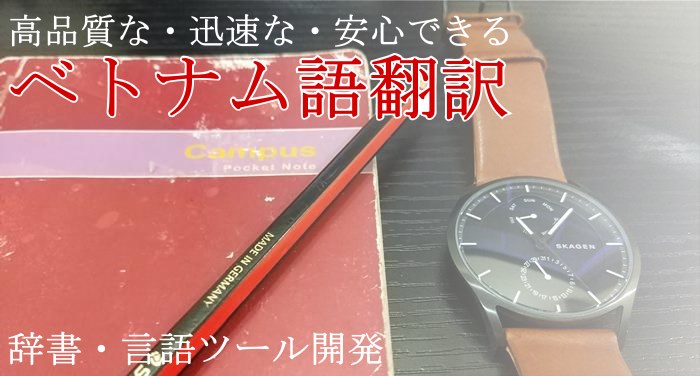[Japanese] OmegaTにおける翻訳メモリ(英語: translation memory, TM)の作成および使用のシミュレーション
When translating using OmegaT, translated segments (sentences, paragraphs, etc) will be added to project's TM automatically to be utilized inside the project. However, if I have a pair of source file and translated file (target file) that I translated before in the past, I can make a TM from this pair of files and utilize it in my projects.
First, I make a pair of souce file and target file (translated file).
One file is in Japanese and the other is translated Vietnamese one.
Open OmegaT > Tools > Align Files...
'Align Files' window shows up with Source and Target to browse.
Choose 2 files I created.
OmegaT will align segments of the two files.
There are extra tags so I checked 'Remove Tags' checkbox to remove them. Then click 'Continue' button.
Aligment seems OK, so I click 'Save TMX...' button.
Save TMX file. TMX is OmegaT format for translation memory (TM) files.
Open translation project that I'm translating. Since I haven't added TM file above yet, no matches shown in 'Fuzzy Matches' window.
Now I add TM that I created previously in to 'tm' folder of the project using Copy & Paste to utilize it for translation work.
Since the sentence being translated resembles a sentence in TM so it appears in 'Fuzzy Matches' window.
I select some text in TM window and Ctrl+I to insert it into my translation.
Ctrl+U to move to next segment to continue. This segment also has a similar segment in TM so it appears in TM window.
Conclusion
Creating and using TMs in OmegaT is simple as OmegaT does the process for us.
















No comments:
Post a Comment